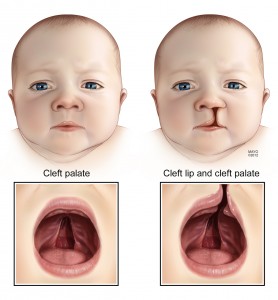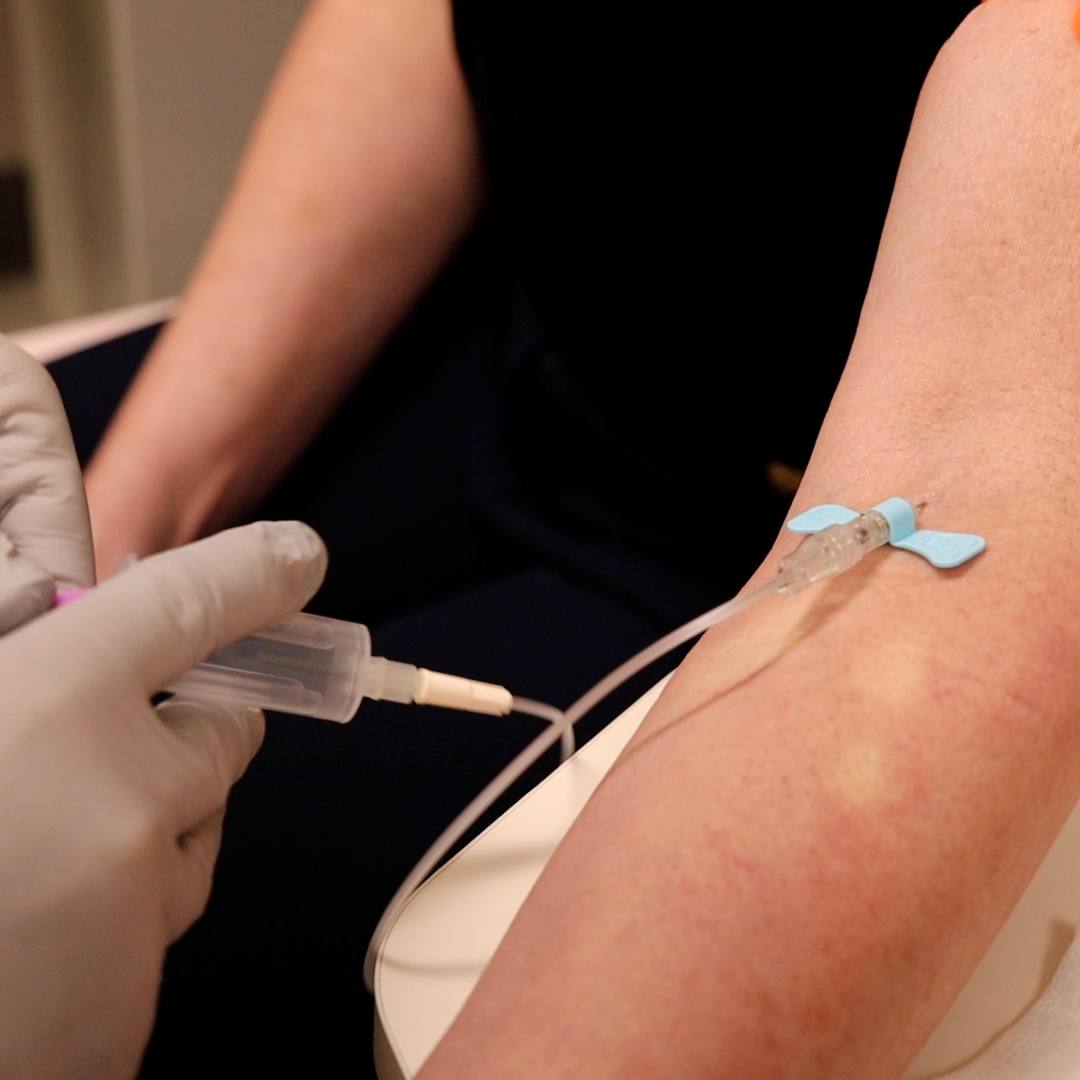-
Health & Wellness
TUESDAY Q & A: Timing of surgery to repair cleft lip can’t be determined until baby is born
 DEAR MAYO CLINIC: I am 30 weeks pregnant with our first baby. After an ultrasound last week, our doctor informed us our baby will likely have a cleft lip. How soon after he is born do you recommend surgery? Will I still be able to breastfeed him?
DEAR MAYO CLINIC: I am 30 weeks pregnant with our first baby. After an ultrasound last week, our doctor informed us our baby will likely have a cleft lip. How soon after he is born do you recommend surgery? Will I still be able to breastfeed him?
ANSWER: Learning that your baby may have a cleft lip or a cleft palate can be upsetting. But fortunately, in most cases these conditions can be successfully repaired with surgery. The specific timing of surgery depends on how extensive the cleft is, and that cannot be definitely determined until your baby is born.
A cleft lip is an opening, or split, in a newborn’s upper lip, and a cleft palate is an opening in the roof of the mouth. Cleft lip and cleft palate may occur separately, or they can happen together. These birth conditions result when the developing facial structures in a growing baby don’t close completely during the first trimester of pregnancy.
As in your situation, a cleft lip may be identified on an ultrasound before a baby is born. But the exact nature of a cleft is often hard to accurately determine using prenatal testing. That means the cleft may be more or less severe than indicated by the ultrasound. This is especially true for a cleft palate, which is very difficult to assess before a baby is born.
When your baby is born, his doctor likely will do a thorough head-to-toe physical exam to make sure your baby is healthy. This evaluation also will help the doctor decide if any additional testing or evaluations may be needed. The vast majority of cleft lips and cleft palates are isolated birth conditions. Rarely, however, they can be a symptom of an underlying genetic disorder.
Once the specific nature of your baby’s cleft is known, a surgical schedule can be set. The goal of surgery is to ensure that a child can breathe, eat, speak and hear properly, as well as to achieve a symmetrical appearance of the child’s face.
When an otherwise healthy baby has only a cleft lip, the surgery to repair it typically is done between 10 and 12 weeks of age. If the child has other health problems, surgery may have to wait longer than that.
Cleft palate surgery often is performed between 10 and 18 months of age, again depending on the baby’s health and other medical concerns. Follow-up surgeries to improve nasal function, enhance speech or repair scarring may be needed as the child grows.
Until they have surgery, many babies with only a cleft lip can breastfeed, although it may take some experimentation to find a method that works best. Working with a lactation consultant often can help. If the palate is involved, then the baby may not be able to create the suction needed for breastfeeding. A bottle designed for babies with a cleft palate may be necessary, or you may need to explore other special feeding strategies to ensure your baby gets the nutrition he needs.
When your baby is born, early referral to a surgeon who specializes in cleft lip and cleft palate repair is key. That specialist can work with you to determine the best treatment plan for your child and help him get the comprehensive care his situation requires. With that plan in place, you will be able to focus on caring for and enjoying your new baby. — Shelagh Cofer, M.D., Otorhinolaryngology, Mayo Clinic Children’s Center, Mayo Clinic, Rochester, Minn.
Related Articles







